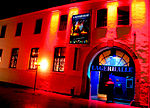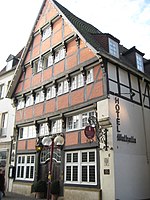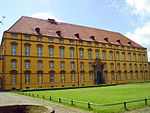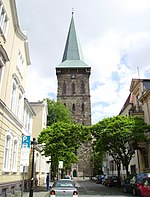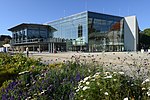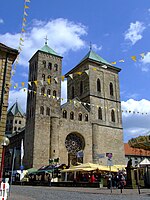Felix Nussbaum Haus
1998 establishments in GermanyArt museums and galleries in GermanyArt museums established in 1998Daniel Libeskind buildingsMuseums devoted to one artist ... and 1 more
Museums in Lower Saxony
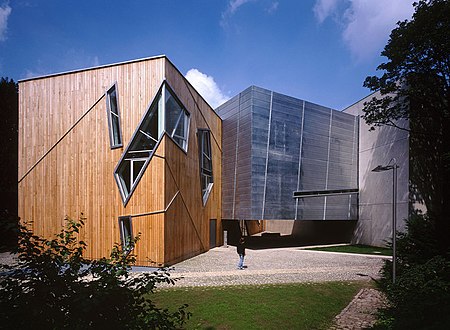
The Felix Nussbaum Haus is a museum in Osnabrück, Germany, which houses the paintings of German-Jewish painter Felix Nussbaum. The building also houses an exhibition space, which focuses on racism and intolerance.
Excerpt from the Wikipedia article Felix Nussbaum Haus (License: CC BY-SA 3.0, Authors, Images).Felix Nussbaum Haus
Heger-Tor-Wall, Osnabrück Weststadt
Geographical coordinates (GPS) Address Nearby Places Show on map
Geographical coordinates (GPS)
| Latitude | Longitude |
|---|---|
| N 52.275555555556 ° | E 8.0388888888889 ° |
Address
Kulturgeschichtliches Museum
Heger-Tor-Wall 28
49078 Osnabrück, Weststadt
Lower Saxony, Germany
Open on Google Maps

